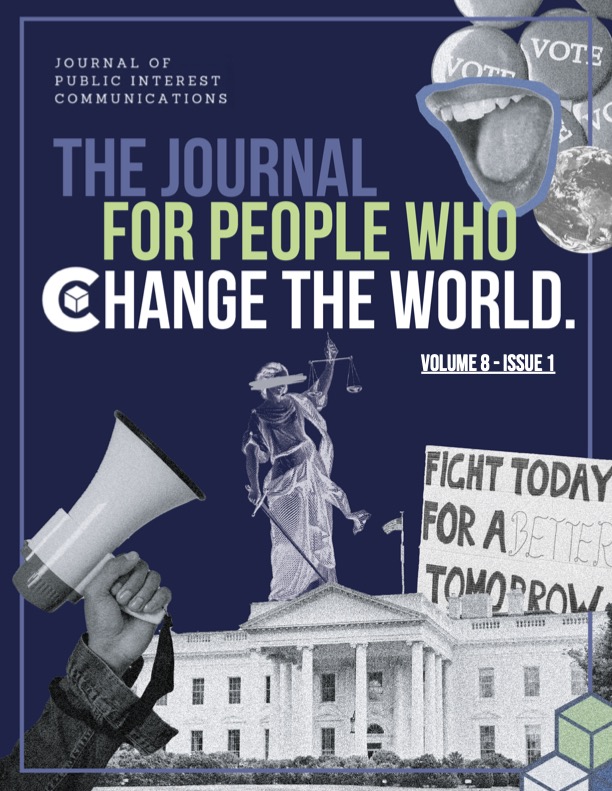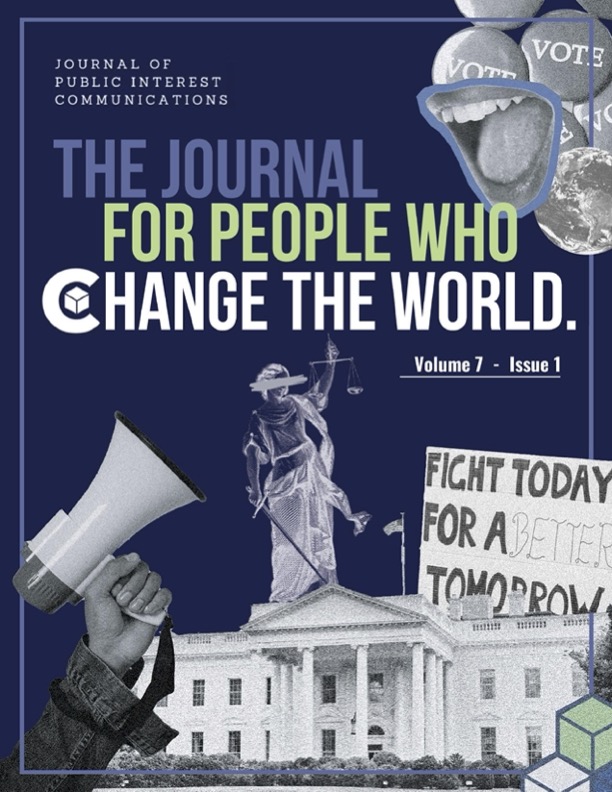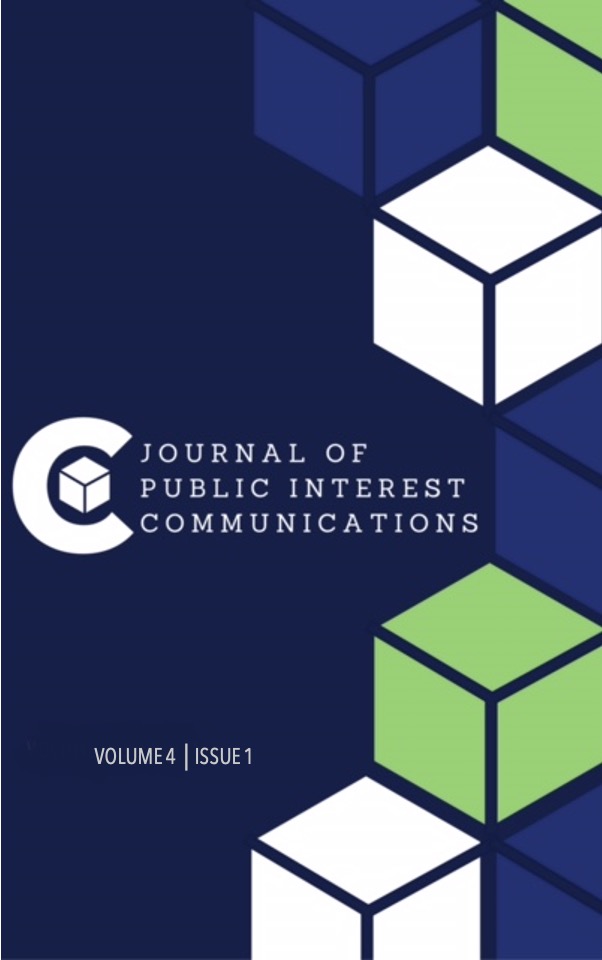Edições anteriores
-
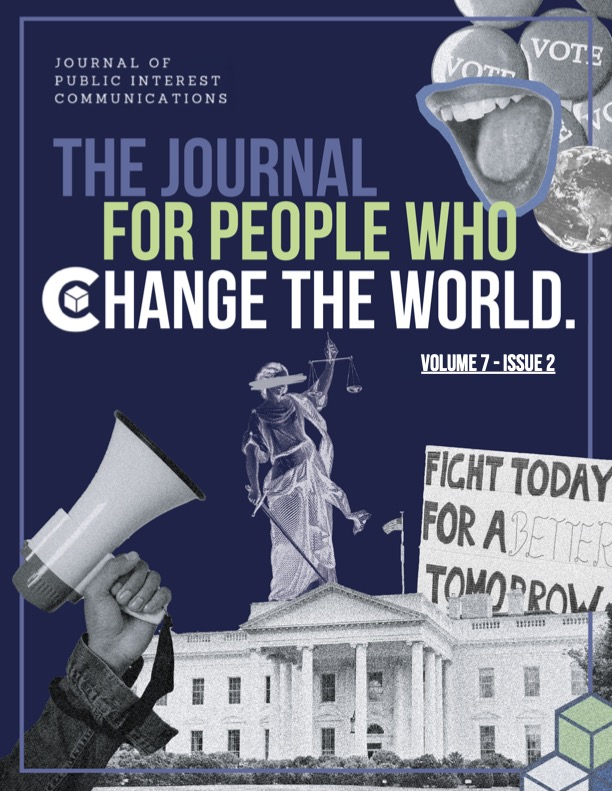
v. 7 n. 2 (2023)
Volume 7, Issue 2 of the Journal of Public Interest Communications marks a significant stride in blending academic research with practical insights. This edition, enriched with practitioner interviews, underscores the importance of amplifying underrepresented voices in our field.
This issue moves beyond just providing a platform; it's about listening, understanding, and responding to communities reshaping their narratives. We challenge the notion of 'giving voice to the voiceless' by recognizing these groups have always had powerful stories to tell. Contributors address the need for communications that drive change, dismantle entrenched power structures, and ensure equitable representation.
In this issue:
1) Human Trafficking Survivors' Advocacy: A deep dive into the role of organizations in supporting survivors, emphasizing the significance of digital activism and partnership dynamics.
2) Street Art and Political Movements: Analyzing the impact of artistic collectives in Oaxaca City, Mexico, and how street art has been instrumental in shaping community identity and political discourse.
3) Black Philanthropy Month: An interview with Floyd Jones, discussing the systematic disparities in philanthropy and the importance of recognizing and supporting Black-led initiatives.
4) Book Review - 'The Revolution will be Hilarious': A critical examination of Caty Borum's work on how comedy can be a powerful force for social change and disruption of the status quo.
This edition is a call to action for critical thinking and empathetic action in public interest communications. It's an invitation to join us in fostering innovation and inclusivity as we navigate the complexities of our field.
-

v. 6 n. 1 (2022)
The current issue of the Journal of Public Interest Communications (Vol 6, No 1) is now live! We hope you will check out this latest collection of thought-provoking research.
This will be the final issue of JPIC until further notice and we are not currently accepting submissions. As always, thank you for your support and interest in the journal.
-
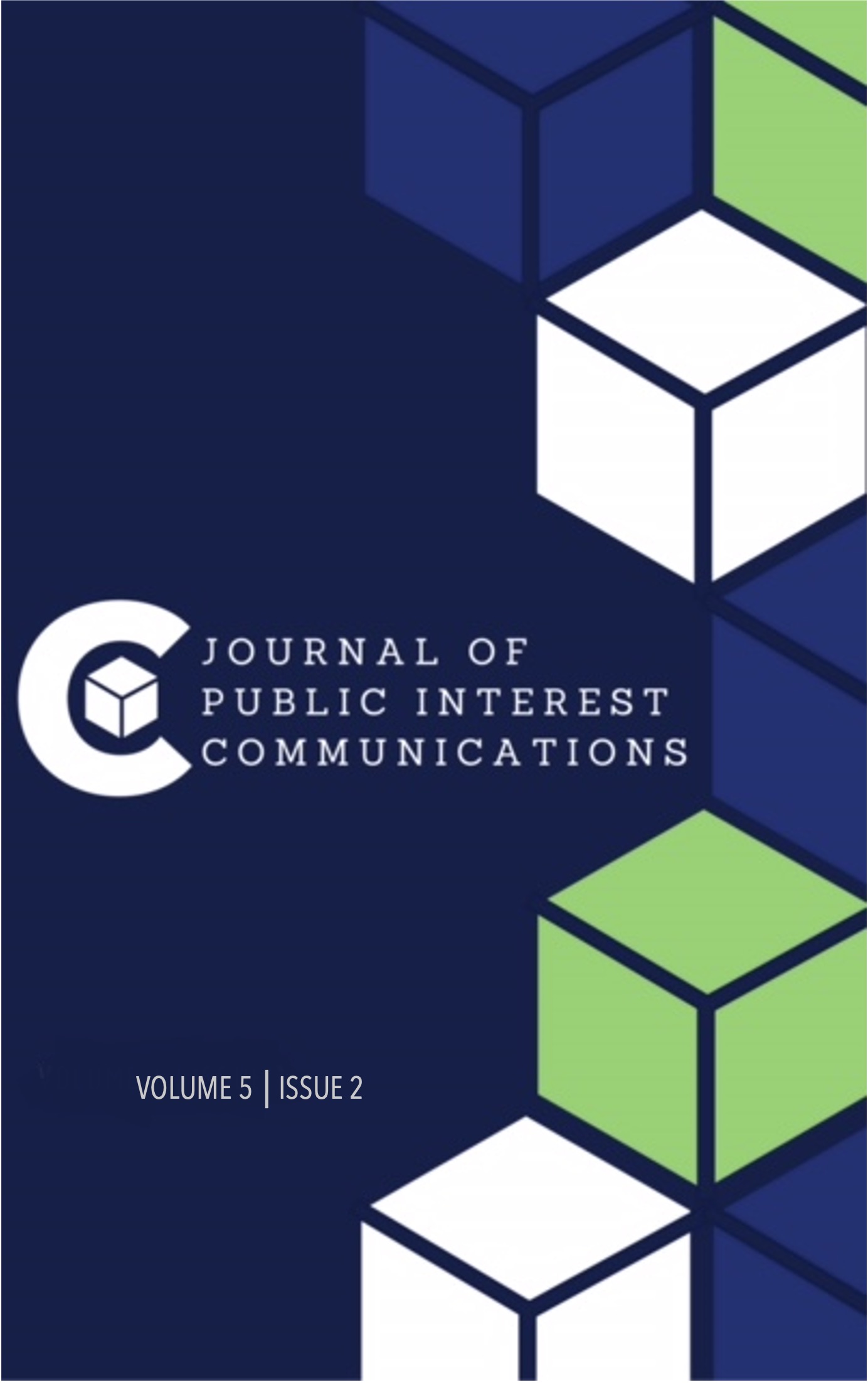
v. 5 n. 2 (2021)
The current issue of the Journal of Public Interest Communications (Vol 5, No 2) is now live! We hope you will check out this latest collection of thought-provoking research.
Our next issue (Vol 6, No 1) is scheduled for release in summer 2022. We are currently accepting submissions and are looking to publish original academic research, practitioner reports, and campaign reviews. As always, thank you for your support and interest in the journal.
-
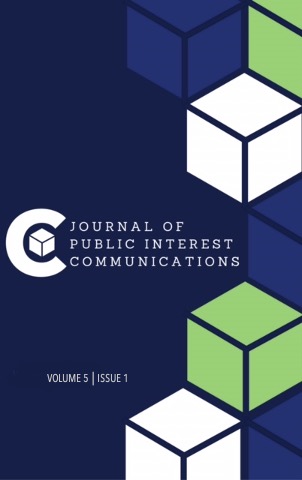
v. 5 n. 1 (2021)
The current issue of the Journal of Public Interest Communications (Vol 5, No 1) is now live! We hope you will check out this latest collection of thought-provoking research.
Our next issue (Vol 5, No 2) is scheduled for release in winter 2021. We are currently accepting submissions and are looking to publish original academic research, practitioner reports, and campaign reviews. As always, thank you for your support and interest in the journal.
-
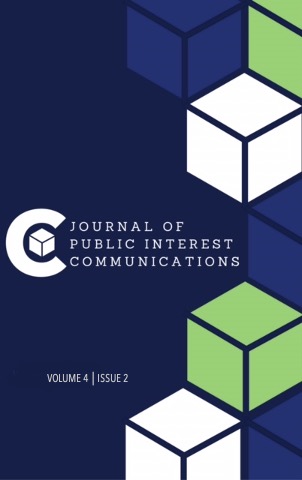
v. 4 n. 2 (2020)
The current issue of the Journal of Public Interest Communications (Vol 4, No 2) is now live! We hope you will check out this diverse and thought-provoking collection of studies.
Our next issue (Vol 5, No 1) is scheduled for release in late spring 2021. We are currently accepting submissions and are looking to publish original academic research, practitioner reports, and campaign reviews. As always, thank you for your support and interest in the journal.
-
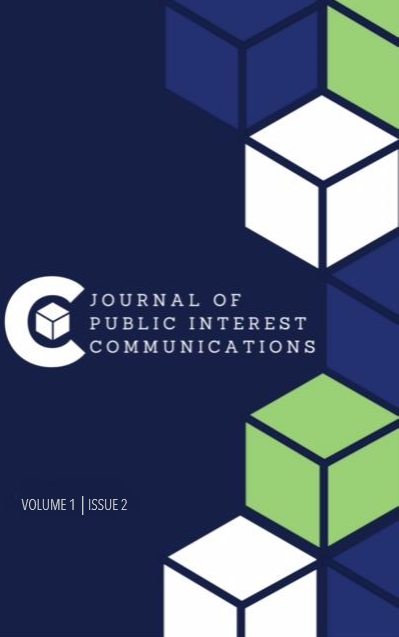
v. 1 n. 2
The second issue of the Journal of Public Interest Communications explores public interest communications (PIC) from a variety of disciplines and angles. This issue also introduces our first interview with a PIC practitioner. -
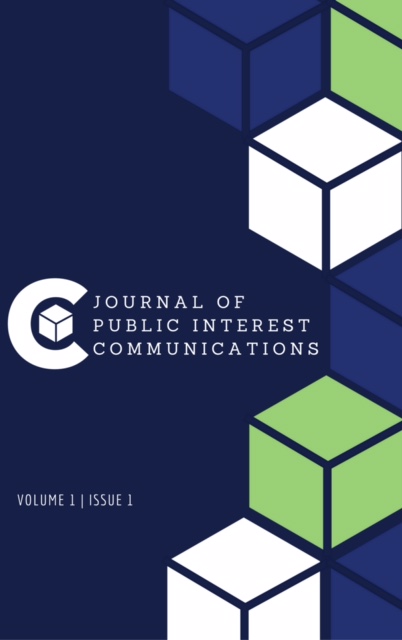
v. 1 n. 1
The inaugural issue of the Journal of Public Interest Communications explores public interest communications (PIC) from a variety of disciplines and angles. These invited essays lay the groundwork for the study of PIC and illustrate its interdisciplinary perspective.

